Governance
Election Laws (Amendment) Bill, 2021
For Prelims: Aadhaar ecosystem, Representation of People’s Act
For Mains: Linking electoral roll data and voter ID cards with the Aadhaar ecosystem. Electoral Reforms, Free and Fair Elections.
Why in News
Recently, the Election Laws (Amendment) Bill, 2021 was passed in the Lok Sabha. The bill seeks to link electoral roll data and voter ID cards with the Aadhaar ecosystem.
- However, the Opposition members have raised several objections to the Bill.
Key Points
- Salient Features of the bill:
- De-Duplication of Electoral Roll: It provides for amendment of section 23 of the Representation of People’s Act, 1950, enabling the linking of electoral roll data with the Aadhaar ecosystem.
- This aims to curb the menace of multiple enrolment of the same person in different places.
- This will help in stopping bogus voting and fraudulent votes.
- This linking is in consonance with 105th report of the Department Related Parliamentary Standing Committee on Personal, Public Grievances and Law and Justice.
- Multiple Qualifying Dates: The citizens get voting rights when they turn 18. However, many are left out of the electoral rolls even after turning 18. This is because in the system, 1st January is the qualifying date.
- According to the bill, four qualifying dates will be declared for updating the voting rolls to include those who have turned 18 — the first day of the months of January, April, July and October.
- Bringing Gender Neutrality: The language for registration of ‘wives of service voters’ will now be replaced by ‘spouse’. This will make the laws more “gender-neutral”.
- Service voters are those serving in the armed forces, armed police forces of a state serving outside it and government employees posted outside India.
- De-Duplication of Electoral Roll: It provides for amendment of section 23 of the Representation of People’s Act, 1950, enabling the linking of electoral roll data with the Aadhaar ecosystem.
- Associated Concerns:
- Aadhar is itself not Mandatory: In 2015, the move to link voter ID to Aadhaar was put on the backburner after the Supreme Court Judgement.
- When it held that “the Aadhaar card Scheme is purely voluntary”.
- Besides this, Aadhaar was only meant to be proof of residence. It is not proof of citizenship.
- Fears of Mass Disenfranchisement: The Bill allows electoral registration officers to ask for Aadhaar numbers of applicants wanting to register as voters to establish the identity of the applicant.
- In the absence of Aadhar the government would be able to use voter identity details for disenfranchising some people and profile the citizens.
- No Data Protection Law: Experts have said that in the absence of a robust personal data protection law (a Bill in that regard is yet to be cleared by Parliament) any move to allow sharing of data can prove to be problematic.
- Privacy Concerns: Electoral data at present is held by the Election Commission of India (ECI) in its own database, has its own verification process, and is separate from other government databases.
- The proposed linkage between the Aadhaar and election database will make data available to the ECI and Unique Identification Authority of India (UIDAI).
- This could lead to infringement of the privacy of citizens.
- Aadhar is itself not Mandatory: In 2015, the move to link voter ID to Aadhaar was put on the backburner after the Supreme Court Judgement.
- Government’s Stand:
- Voluntary Linking: The proposed linkage between the Aadhaar and election database is voluntary.
- No Risk of Disenfranchisement: No application for inclusion of name in the electoral roll shall be denied and no entries in the electoral roll shall be deleted for inability of an individual to furnish or intimate Aadhaar number.
Way Forward
- Need for Comprehensive Legislation: An error-free Electoral Roll is sine qua non of free and fair election. However, the Government should come with a comprehensive bill so that proper discussion can happen in the Parliament.
- Need for More Clarification: The bill should specify the extent of data sharing between the two databases, the methods through which consent will be obtained, and whether consent to link the databases can be revoked
Indian Economy
SEBI Bans Derivative Trade in Agriculture Commodities
For Prelims: Capital Market, Derivative Trading, Inflation, Options, Futures, Forwards, Swaps
For Mains: Reasons for Derivative trading suspension and its impact, Significance and concerns related to Derivative trading.
Why in News
Recently, the Securities and Exchange Board of India (SEBI) has banned the derivative trade of seven agricultural commodities on the future’s platform of National Commodities and Derivatives Exchange (NCDEX) for a year.
- The regulator has banned derivative contracts trade in chana, wheat, paddy (non-basmati), soyabean and its derivatives, mustard seed and its derivatives, crude palm oil and moong for a year with immediate effect.
- The commodity derivatives market has been prone to such sudden suspensions of trading in agriculture items ever since it was introduced under the erstwhile Forward Markets Commission (FMC).
SEBI
- It is a statutory body established on 12th April, 1992 in accordance with the provisions of the Securities and Exchange Board of India Act, 1992.
- The basic functions of the SEBI is to protect the interests of investors in securities and to promote and regulate the securities market.
Key Points
- Reasons for Ban:
- To cool off Food Inflation:
- India’s retail inflation rose to a three-month high of 4.91 % in November from 4.48 % in the previous month primarily because of a rise in food inflation to 1.87 % from 0.85 % over this period.
- Double Digits WPI:
- Wholesale Price Index-based inflation has remained in double digits for eight consecutive months beginning in April, mainly because of surging prices of food items.
- In November, the wholesale price-based inflation surged to a record high of 14.23 % amid hardening of prices of mineral oils, basic metals, crude petroleum and natural gas.
- To insulate future Price Shock:
- In view of Rabi Output that might be affected morbidly because of fertiliser shortage faced in many parts of the country.
- By banning future’s trade, the government is trying to insulate any price shock the market might feel in the days to come in case the production is not up to par.
- To cool off Food Inflation:
- Impact:
- The suspension comes ahead of the rabi crop, sown in winter, hitting the markets in a couple of months. With no reference price, traders will be clueless on future sentiment.
- Importers, who hedge on the derivative market to safeguard themselves from price moves, may be more vulnerable.
- Impact on prices initially, the outlook will be bearish as traders rush to square off open positions on derivatives.
Derivatives
- About:
- Derivatives are the instruments which include security derived from a debt instrument share, loan, risk instrument or contract for differences of any other form of security and a contract that derives its value from the price/index of prices of underlying securities.
- In the finance field, a derivative is a contract that derives its value from the performance of an underlying entity. This underlying entity can be an asset, index, or interest rate, and is often called the "underlying".
- Types:
- Forwards and futures:
- These are financial contracts that obligate the contracts’ buyers to purchase an asset at a pre-agreed price on a specified future date. Both forwards and futures are essentially the same in their nature.
- Options:
- Options provide the buyer of the contracts the right, but not the obligation, to purchase or sell the underlying asset at a predetermined price.
- Based on the option type, the buyer can exercise the option on the maturity date or on any date before the maturity.
- Swaps:
- Swaps are derivative contracts that allow the exchange of cash flows between two parties.
- The swaps usually involve the exchange of a fixed cash flow for a floating cash flow.
- The most popular types of swaps are interest rate swaps, commodity swaps, and currency swaps.
- Forwards and futures:
- Significance:
- Hedging Risk Exposure:
- Since the value of the derivatives is linked to the value of the underlying asset, the contracts are primarily used for hedging risks.
- In this way, profits in the derivative contract may offset losses in the underlying asset.
- Underlying Asset Price Determination:
- Derivatives are frequently used to determine the price of the underlying asset. For example, the spot prices of the futures can serve as an approximation of a commodity price.
- Market Efficiency:
- It is considered that derivatives increase the efficiency of financial markets. By using derivative contracts, one can replicate the payoff of the assets.
- Therefore, the prices of the underlying asset and the associated derivative tend to be in equilibrium to avoid arbitrage opportunities.
- Access to unavailable assets or markets:
- Derivatives can help organisations get access to otherwise unavailable assets or markets.
- By employing interest rate swaps, a company may obtain a more favourable interest rate relative to interest rates available from direct borrowing.
- Hedging Risk Exposure:
- Issues:
- High Risk:
- The high volatility of derivatives exposes them to potentially huge losses. The sophisticated design of the contracts makes the valuation extremely complicated or even impossible. Thus, they bear a high inherent risk.
- Speculative Features:
- Derivatives are widely regarded as a tool of speculation. Due to the extremely risky nature of derivatives and their unpredictable behaviour, unreasonable speculation may lead to huge losses.
- Counterparty Risk:
- Although derivatives traded on the exchanges generally go through a thorough due diligence process, some of the contracts traded over-the-counter do not include a benchmark for due diligence. Thus, there is a possibility of counterparty default.
- High Risk:
National Commodities and Derivatives Exchange
- NCDEX is an online commodities exchange dealing primarily in agricultural commodities in India.
- It is a public limited company, established on 23rd April 2003 under the Companies Act, 1956.
- The exchange was founded by some of India's leading financial institutions such as ICICI Bank Limited, the National Stock Exchange of India and the National Bank for Agricultural and Rural Development, among others.
- These include 25 contracts for agricultural products. NCDEX is run by an independent board of directors with no direct interest in agriculture.
International Relations
Humanitarian Trust Fund for Afghanistan: OIC
For Prelims: Organisation of Islamic Cooperation (OIC), humanitarian trust fund, Trust Fund by UN, Islamic Development Bank, United Nations (UN), Islamic Development Bank
For Mains: The role of Organisation of Islamic Cooperation (OIC) in Afghanistan, India relationship with OIC.
Why in News
A meeting of foreign ministers from the Organisation of Islamic Cooperation (OIC) agreed to establish a humanitarian trust fund to address the growing economic crisis in Afghanistan which has left millions facing hunger over the winter.
- The meeting is the biggest major conference on Afghanistan since the fall of the US-backed government.
- In July 2021, India rejected the OICs proposal to assist a dialogue between India and Pakistan.
Key Points
- Humanitarian Trust Fund:
- The fund will be set up under the Islamic Development Bank to channel aid to Afghanistan in coordination with other groups.
- Allowing Afghanistan access to its financial resources would be pivotal to preventing economic collapse and said realistic pathways to unfreezing billions of dollars in frozen central bank reserves should be explored.
- The meeting also called on the international community to provide urgent and sustained humanitarian aid to Afghanistan as well as to the main countries housing Afghan refugees.
- Trust Fund by United Nation:
- The United Nations (UN) has also set up a special trust fund to provide urgently-needed cash directly to Afghans through a system that taps into donor funds frozen since the Taliban takeover in August
- It was set up with the aim of injecting liquidity into Afghan households in a bid to permit them to survive the upcoming winter and remain in their homeland.
- Germany is a first contributor to the fund. It had pledged 50 million euros (USD58 million) for it.
Organisation of Islamic Cooperation
- About:
- The OIC is the second largest intergovernmental organisation after the United Nations with a membership of 57 states.
- It is the collective voice of the Muslim world. It endeavors to safeguard and protect the interests of the Muslim world in the spirit of promoting international peace and harmony among various people of the world.
- It was established upon a decision of the historical summit which took place in Rabat, Kingdom of Morocco on the 25th of September 1969.
- Headquarters: Jeddah, Saudi Arabia.
- India’s relationship with OIC as an organisation:
- At the 45th session of the Foreign Ministers’ Summit in 2018, Bangladesh, the host, suggested that India, where more than 10% of the world’s Muslims live, should be given Observer status, but Pakistan opposed the proposal.
- In 2019, India made its maiden appearance at the OIC Foreign Ministers’ meeting, as a “guest of honour”.
- This first-time invitation was seen as a diplomatic victory for India, especially at a time of heightened tensions with Pakistan following the Pulwama attack.
- India’s relationship with OIC member countries:
- India is not a member of the OIC. However, India was invited as a guest of honour at the 46th Session of the Council of Foreign Minister in 2019.
- Individually, India has good relations with almost all member nations.
- Ties with the UAE and Saudi Arabia, especially, have improved significantly in recent years.
- The Crown Prince of Abu Dhabi (UAE) was a special chief guest at the 68th Republic Day celebrations in 2017.
Islamic Development Bank
- About:
- The Islamic Development Bank is an international financial institution established in pursuance of the Declaration of Intent issued by the Conference of Finance Ministers of Muslim Countries held in Jeddah in December 1973, and the Bank was formally opened in October 1975.
- The purpose of the Bank is to foster the economic development and social progress of member countries and Muslim communities individually as well as jointly in accordance with the principles of Shari’ah i.e., Islamic Law.
- The Bank’s principal office is in Jeddah in the Kingdom of Saudi Arabia.
- Functions:
- The functions of the Bank are to participate in equity capital and grant loans for productive projects and enterprises besides providing financial assistance to member countries in other forms for economic and social development.
- Membership: The present membership of the Bank consists of 56 countries.
- The basic condition for membership is that the prospective member country should be a member of the OIC, pay its contribution to the Capital of the Bank and be willing to accept such terms and conditions as may be decided upon by the IDB Board of Governors.
Governance
Good Governance Week
For Prelims: Good Governance Day, Good Governance Week, Prashasan Gaon Ki Aur, Initiatives related to good governance, Principles of Good Governance.
For Mains: Significance Good Governance, principles in improving local level governance and related challenges.
Why in News
The Union Government is set to launch a nationwide 'Good Governance Week' from 20th December to 26th December, with the motto to redress and dispose of public grievances and improvise service delivery down to the village level
- Various events will be convened during the week under the campaign titled “Prashasan Gaon Ki Aur” aimed to be citizen-focused.
- 25th December is celebrated as ‘Good Governance Day’ to mark the birth anniversary of former Prime Minister Atal Bihari Vajpayee.
Key Points
- About:
- It is observed to celebrate the strides made by India in promoting citizen-centric governance and improving service delivery in line with Azadi ka Amrut Mahotsav celebrations to commemorate 75 years of progressive India.
- The series of programmes planned during the week will aim to highlight various good governance initiatives taken by the Centre.
- It will also include the inauguration of the Exhibition on Good Governance Practices.
- Events include:
- Ease of Living and Next Phase of Reforms for Reducing Compliance Burden
- Experience Sharing Workshop by DARPG on Best Practices.
- Mission Karmayogi - The Path Ahead.
- Good Governance Week Portal will also be launched during the occasion and all district collectors of states and union territories will be given access to the online portal to upload and share the progress and achievements.
- Prashasan Gaon Ki Aur" campaign will be launched with an aim to take good governance to the rural areas.
Governance
- About:
- It is the process of decision-making and the process by which decisions are implemented (or not implemented).
- Governance can be used in several contexts such as corporate governance, international governance, national governance and local governance.
- Eight Principles of Good Governance (as identified by the United Nations):
- Participation:
- People should have a voice in decision-making, either directly or through legitimate intermediate institutions that represent their interests.
- Rule of law:
- Legal frameworks should be fair and enforced impartially, particularly the laws on human rights.
- Transparency:
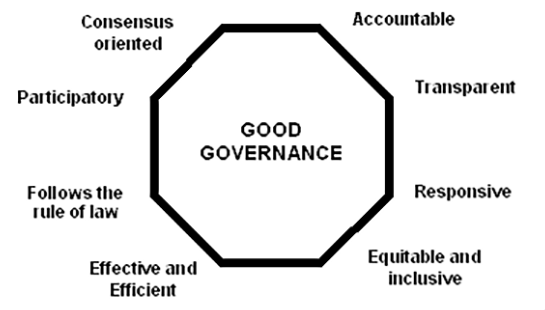
- Transparency is built on the free flow of information. Processes, institutions and information are directly accessible to those concerned with them, and enough information is provided to understand and monitor them.
- Responsiveness:
- Institutions and processes try to serve all stakeholders within a reasonable timeframe.
- Consensus orientation:
- Good governance requires mediation of the different interests in society to reach a broad consensus in society on what is in the best interest of the whole community and how this can be achieved.
- Equity:
- All groups, particularly the most vulnerable, have opportunities to improve or maintain their well being.
- Effectiveness and efficiency:
- Processes and institutions produce results that meet needs while making the best use of resources.
- Accountability:
- Decision-makers in government, the private sector and civil society organisations are accountable to the public, as well as to institutional stakeholders.
- Participation:
- Challenges to Good Governance in India:
- Women Empowerment:
- Women are not adequately represented in government institutions, and other allied sectors.
- Corruption:
- The high level of corruption in India has been widely perceived as a major obstacle in improving the quality of governance.
- Delay in Justice:
- A citizen has the right to avail timely justice, but there are several factors, because of which a common man doesn’t get timely justice. One such factor is lack of personnel and logistics under disposal of the court.
- Centralisation of Administrative System:
- Governments at lower levels can only function efficiently if they are empowered to do so. This is particularly relevant for the Panchayati Raj Institutions (PRIs), which currently suffer from inadequate devolution of funds as well as functionaries to carry out the functions constitutionally assigned to them.
- Criminalisation of Politics:
- The criminalisation of the political process and the unholy nexus between politicians, civil servants, and business houses are having a baneful influence on public policy formulation and governance.
- Environmental security, sustainable development.
- Challenges of globalisation, liberalisation and market economy.
- Women Empowerment:
- Indian Initiatives to improve Good Governance:
- Good Governance Index:
- GGI has been launched by the Ministry of Personnel, Public Grievances & Pensions to determine the status of governance in the country.
- It assesses the impact of various interventions taken up by the State Government and UTs.
- National e-Governance Plan:
- It has the vision to “make all government services accessible to the common man in his locality, through common service delivery outlets and ensure efficiency, transparency & reliability of such services at affordable costs to realise the basic needs of the common man.”
- Right to Information Act, 2005:
- It plays an effective role in ensuring transparency in governance.
- Other Initiatives: Setting up of NITI Aayog, Make in India programme, Lokpal, etc.
- Good Governance Index:
International Relations
Fisherman Issue with Sri Lanka
For Prelims: Location of Katchatheevu Island and Palk Bay Strait
For Mains: Impact of Fishermen issue on India Sri Lanka Relations and what India is doing in this direction
Why in News
Recently, as many as 43 fishermen from Tamil Nadu were arrested and six boats seized by Sri Lankan Naval personnel.
- A total of 284 Indian fishermen were arrested by Sri Lanka in 2019 (210) and 2020 (74).
- Earlier in 2020, the Fourth Meeting of the India-Sri Lanka Joint Working Group (JWG) on Fisheries was held through virtual mode.
Key Points
- Background:
- Both Indian and Sri Lankan fishermen have been fishing into the Palk Bay area for centuries.
- Palk Bay is a semi-enclosed shallow water body between the southeast coast of India and Sri Lanka.
- Problem emerged only after a maritime agreement was signed by India and Sri Lanka in 1974.
- In fact, initially the 1974 border agreement did not affect fishing on either side of the border.
- In 1976, through an exchange of letters, both India and Sri Lanka agreed to stop fishing in each other’s waters.
- In 1974 and 1976 treaties were signed between the two countries to demarcate the International Maritime Boundary Line (IMBL).
- The treaties also ended up making the Palk Strait connecting India and Sri Lanka a ‘two-nation pond’, under the relevant United Nations Convention on the Law of the Sea (UNCLOS) rules to the exclusion of all third nations.
- Simply put, the bilateral arrangement bans international fishing and shipping.
- However, the agreement could not stop the fishermen from fishing in these waters, as fishermen know no boundary.
- Despite the signing of maritime boundary agreements, fishermen communities of both the countries continued their fishing in the Palk Bay area peacefully until the Eelam war broke out in 1983.
- Nonetheless, after the end of War in 2009, the Sri Lankan fishermen have been raising their objection to Indian fishermen fishing in their waters.
- Later, India and Sri Lanka agreed to set up a Joint Working Group (JWG) on Fisheries in 2016 between India and Sri Lanka as the mechanism to help find a permanent solution to the fishermen issue.
- Both Indian and Sri Lankan fishermen have been fishing into the Palk Bay area for centuries.
- Katchatheevu Island Issue:
- The small islet of Katchatheevu, hitherto used by the fishermen for sorting their catch and drying their nets, fell on the other side of the IMBL
- Fishermen often risk their lives and cross the IMBL rather than return empty-handed, but the Sri Lankan Navy is on alert, and have either arrested or destroyed fishing nets and vessels of those who have crossed the line.
- Reasons for the continuation:
- The main problem with Indian fishermen is that a large number of them are dependent on fishing in Sri Lankan waters, which is prohibited by the 1976 Maritime Boundary Agreement.
- Also, a large number of Indian fishermen are dependent on trawling which is banned in Sri Lanka.
- Related Initiatives Taken:
- The IMBL is imaginary, but it was geo-tagged and is visible to the fishermen, due to Global Positioning System (GPS) sets.
- Deep Sea Fishing Scheme:
- Promoted as an alternative to bottom trawling by Tamil Nadu’s fishermen off the Palk Bay, the scheme envisages the provision of 2,000 deep sea fishing boats in place of trawlers by 2019-20, which will be the third and final year of implementation of the scheme.
- It aims to put an end to disputes arising between the two countries.
- It has been taken up under the ‘Blue Revolution’ scheme.
- Promoted as an alternative to bottom trawling by Tamil Nadu’s fishermen off the Palk Bay, the scheme envisages the provision of 2,000 deep sea fishing boats in place of trawlers by 2019-20, which will be the third and final year of implementation of the scheme.
Way Forward
- The fishing equipment that is prohibited in Sri Lanka must be banned by India in the Palk Bay.
- Fishing practises that do irreparable damage to marine ecology must be given up.
- The damage to the Indian fishermen could be ameliorated if the announcement is followed by two steps.
- The trawlers can be used in the Odisha coast where waters are very deep
- Trawlers could, with certain modifications, be used as smaller fishing vessels that cater to the mothership.
- India can transform the Palk Bay from a contested territory to a common heritage.
- The first step is to recognise that there are various stakeholders—two Union and provincial governments, the Navies and Coast Guards, fisheries departments and above all, fishing communities of the two countries.
- The next step should be to form a Palk Bay Authority (PBA) consisting of marine ecologists, fisheries experts, strategic specialists and government representatives.
- The PBA could determine the ideal sustainable catch, type of fishing equipment that can be used, and the number of fishing dates for Sri Lankan and Indian fishermen.
- The focus should be on enrichment of marine resources and improvement of the livelihoods of fishermen.
Important Facts For Prelims
Gharials
Why in News
Recently, the Department of Punjab Forest and Wildlife Preservation, in collaboration with the World-Wide Fund for Nature-India (WWF-India) has released a lot of 24 gharials (Gavialis Gangeticus) into the Beas Conservation Reserve.
- The gharial reintroduction in the Beas Conservation Reserve is an ambitious programme of the Punjab government.
Key Points
- About:
- Gharials, sometimes called gavials, are a type of Asian crocodilian distinguished by their long, thin snouts. Crocodilians are a group of reptiles that includes crocodiles, alligators, caimans, and more.
- India has three species of Crocodilians namely:
- Gharial (Gavialis gangeticus): IUCN Red List- Critically Endangered
- Mugger crocodile (Crocodylus palustris): IUCN- Vulnerable.
- Saltwater crocodile (Crocodylus porosus): IUCN- Least Concern.
- All the three are listed on Appendix I of CITES and Schedule I of the Wild Life (Protection) Act, 1972.
- Exception: Saltwater Crocodile populations of Australia, Indonesia and Papua New Guinea are included in Appendix II of CITES.
- Habitat of Gharials:
- Natural Habitat: Fresh waters of the northern part of India.
- Primary Habitat: Chambal river (a tributary of Yamuna).
- Secondary Habitat: Ghagra, Gandak river, Girwa river (Uttar Pradesh), the Ramganga river (Uttarakhand) and the Sone river (Bihar).
- Significance: Population of Gharials are a good indicator of clean river water.
- Conservation Efforts:
- Breeding Centres of Kukrail Gharial Rehabilitation Centre in Lucknow, Uttar Pradesh, National Chambal Sanctuary (Gharial Eco Park, Madhya Pradesh).
- Threats:
- Increased river pollution, dam construction, massive-scale fishing operations and floods.
- Illegal sand mining and poaching.
Beas Conservation Reserve
- It is a 185-kilometre stretch of the Beas River located primarily in the north-west of the State of Punjab.
- The Reserve also hosts the only known population in India of the endangered Indus River Dolphin (Platanista gangetica minor).
- In 2017, a programme was initiated to re-introduce the critically endangered gharial (Gavialis gangeticus) with 47 individuals released into the River 30 years after their disappearance.
Beas River
- It originates near the Rohtang Pass, at a height of 4,062 m above sea level, on the southern end of the Pir Panjal Range, close to the source of the Ravi. It is a tributary of the Indus river.
- It meets the Satluj river at Harike in Punjab. It is a comparatively small river which is only 460 km long but lies entirely within the Indian territory.
- It forms a gorge at Kati and Largi in the Dhauladhar range.
- The major tributaries of the Beas River are Bain, Banganga, Luni and Uhal, along with Banner, Chakki, Gaj, Harla, Mamuni, Parvati, Patlikuhlal, Sainj, Suketi and Tirthan.
Important Facts For Prelims
Controlled Aerial Delivery System
Why in News
Recently, a flight demonstration of the Controlled Aerial Delivery System of 500 kg capacity (CADS-500) was conducted by Aerial Delivery Research and Development Establishment (ADRDE).
- The flight demonstration is part of a series of activities organised towards celebrating ‘Azadi Ka Amrit Mahotsav’, commemorating 75 years of Independence.
Key Points
- About:
- The CADS-500 is used for precise delivery of payload upto 500 kgs at predetermined location by making use of manoeuvrable capabilities of Ram Air Parachute (RAP).
- It uses the Global Positioning System for the coordinates, altitude and heading sensors for the heading information during its flight.
- The CADS, with its onboard electronics unit, autonomously steers its flight path using waypoint navigation towards target location by operating controls.
Positioning System
- A positioning system is a tool to determine the location of an individual or object. The technology requires global coverage and sharp accuracy to achieve the exact location.
- For Example: ‘Google Maps’ is one of the positioning and navigation systems that helps individuals to find their exact location as well as a path to their destination. However, the system only offers a satellite view of the region under navigation.
Global Positioning System (GPS)
- GPS is a satellite navigation system, used to determine the ground position of an object. It is a U.S.-owned utility that provides users with positioning, navigation, and timing (PNT) services.
- It is a network 24 satellite which provides service to civilian and military users. The civilian service is freely available to all users on a continuous, worldwide basis. The military service is available to U.S. and allied armed forces as well as approved Government agencies.
- ADRDE:
- It is an Research & Development laboratory of the Defence Research and Development Organisation (DRDO).
- It is involved in the development of paratrooper parachute systems, aircrew parachute systems, ammunition parachute systems, brake parachute, recovery parachute systems, aerial delivery parachute systems, heavy drop systems, inflatable systems, airship technologies and aircraft arrester barrier systems.
- Currently, it is involved in projects such as armament delivery parachutes, balloon barrage and surveillance systems, airships and related applications and space recovery parachutes.
Important Facts For Prelims
Black-browed Albatross
Why in News
A recent study has provided evidence of the effect of environmental conditions on the longevity of relationships — among a population of albatrosses
- According to the researchers, climate change and warming waters are pushing black-browed albatross break-up rates higher.
Key Points
- Black-browed Albatross:
- Scientific Name: Thalassarche melanophris
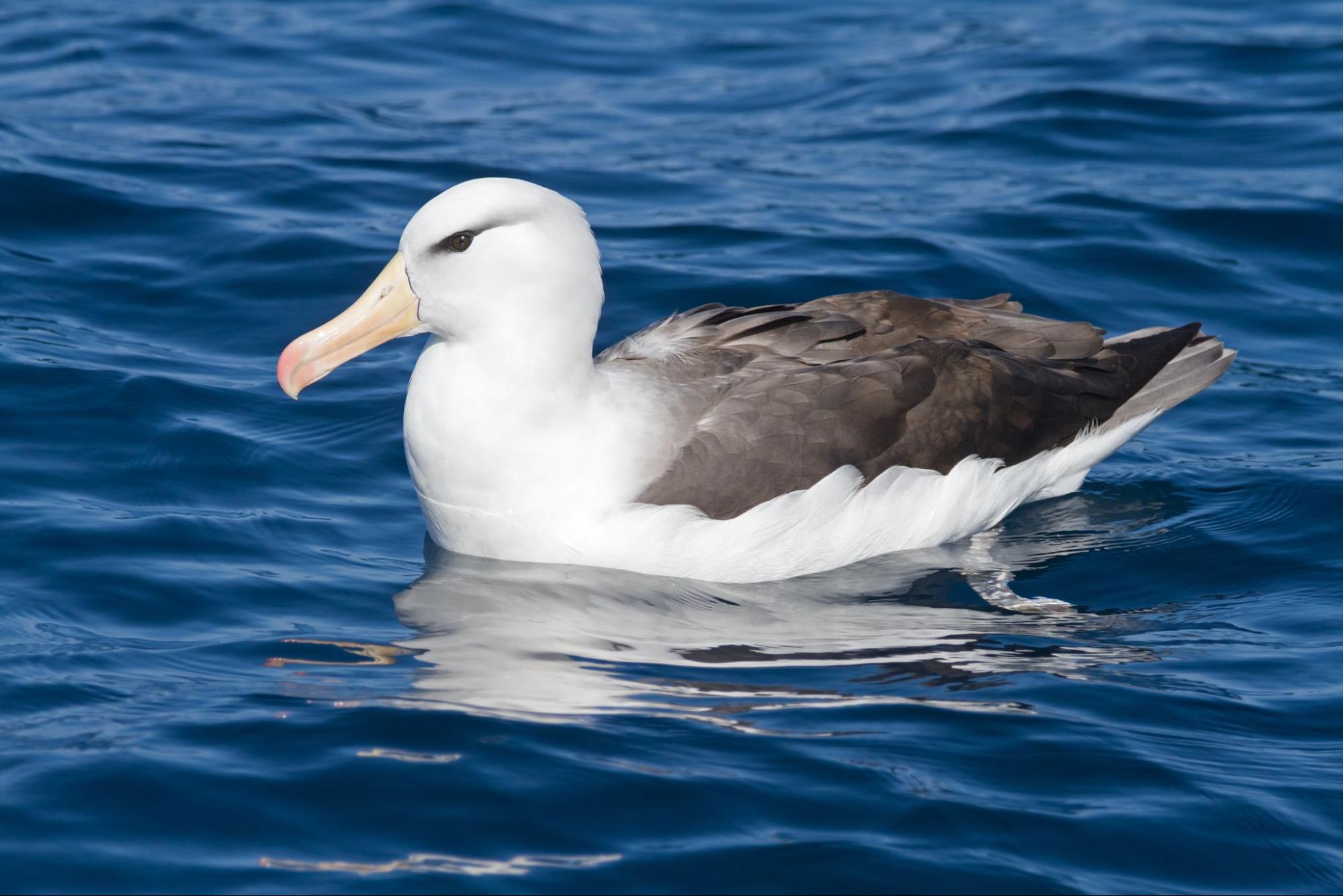
- They are a member of the albatross family Diomedeidae, the ‘tube-noses’, related to shearwaters, petrels, and fulmars.
- It is the most common and widespread albatross.
- The name for this large seabird comes from the dark black plumage above their eyes.
- Albatrosses are true marine birds, traversing the oceans in the southern hemisphere, returning to land only to breed.
- Scientific Name: Thalassarche melanophris
- Distribution:
- They are found anywhere in the south Atlantic and circumpolar in the southern hemisphere. It can travel further to the north with cold currents.
- During September and October, these birds breed on south Atlantic islands such as South Georgia and the Falkland Islands, South Sandwich, and the Cape Horn islands.
- Threats:
- Hunting & trapping terrestrial animals
- Fishing & harvesting aquatic resources
- Invasive and other problematic species, genes & diseases
- Volcanoes
- Climate change & severe weather
- Protection Status:
- IUCN: Least Concern

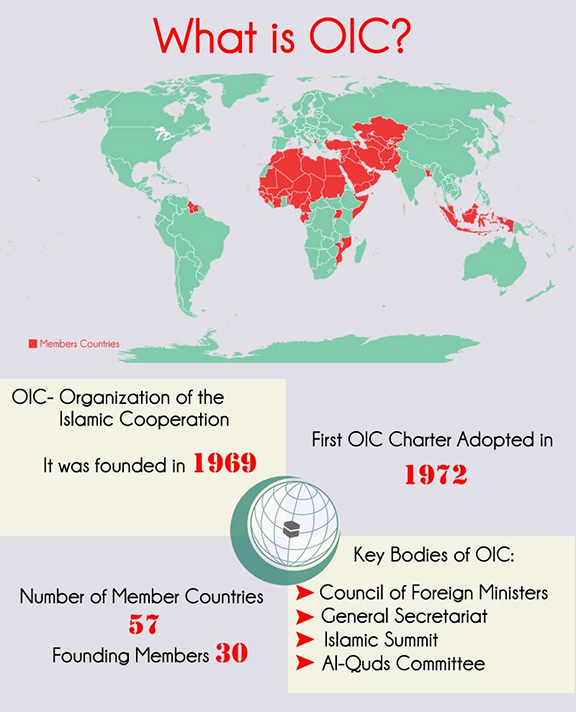
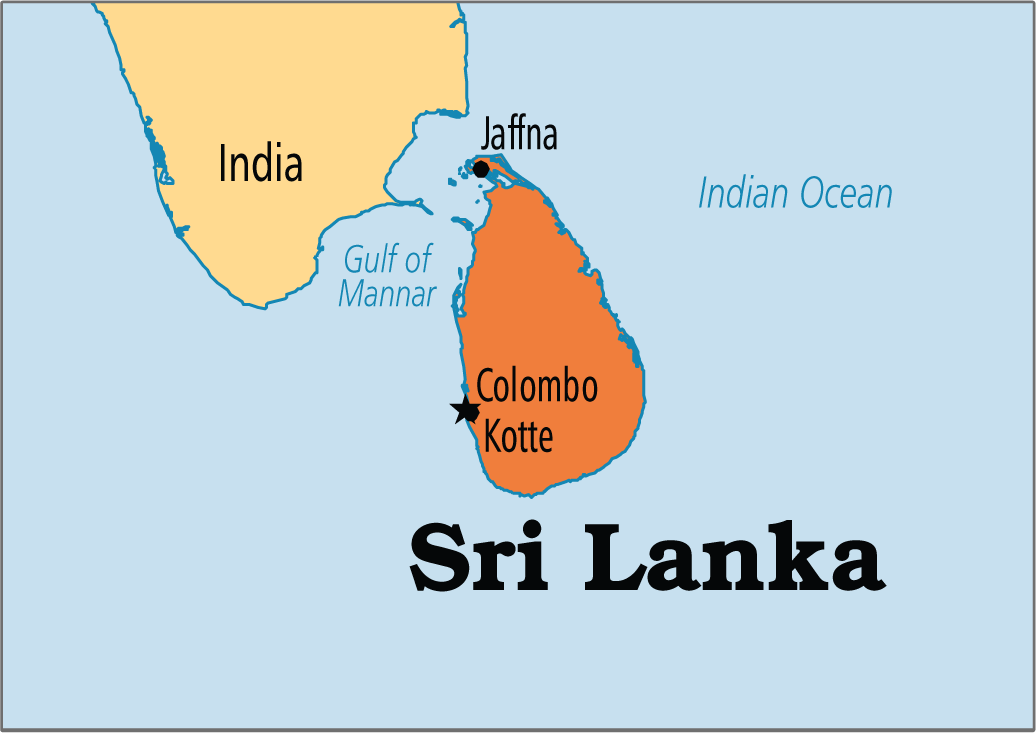
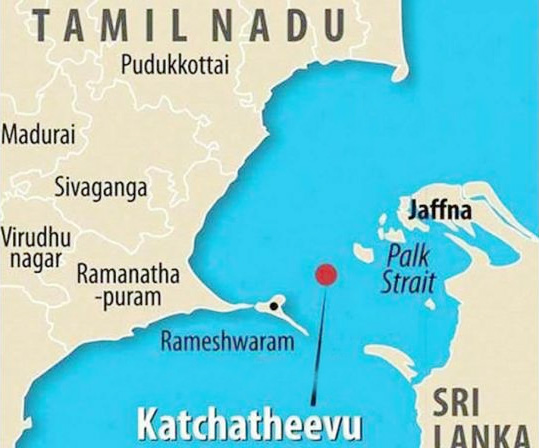
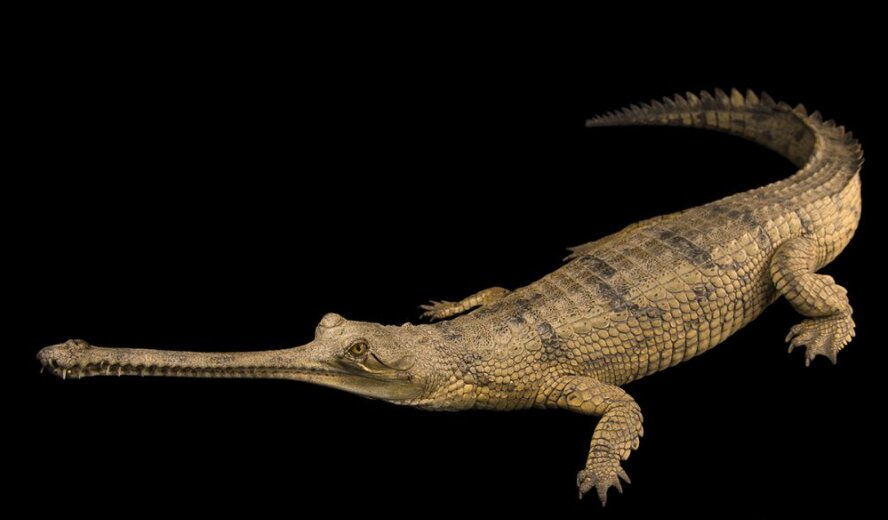
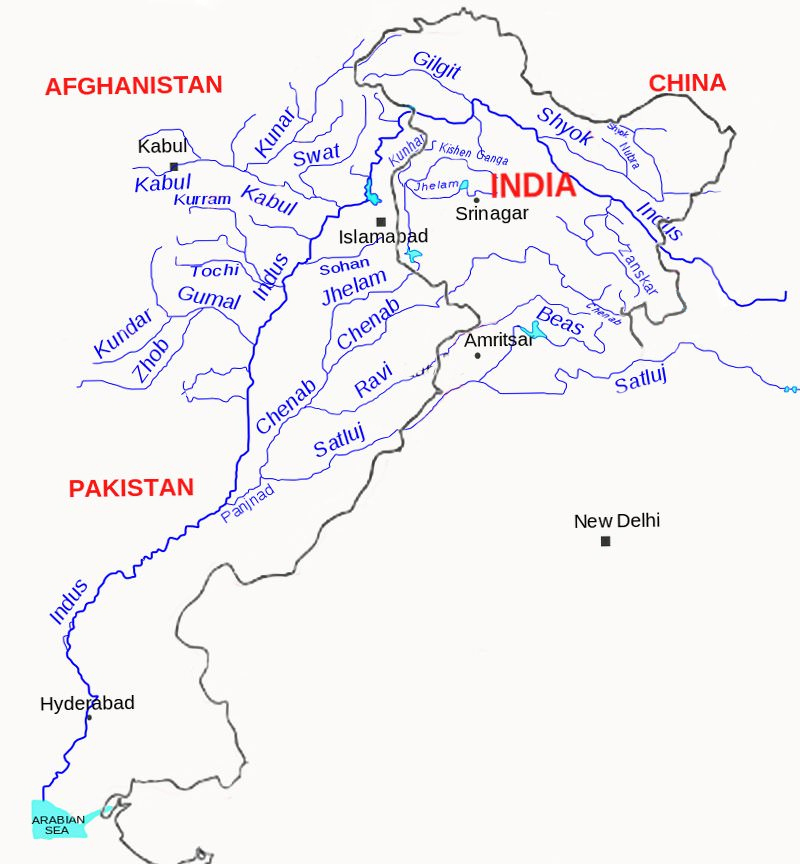
_drishti_ias_english.jpg)



